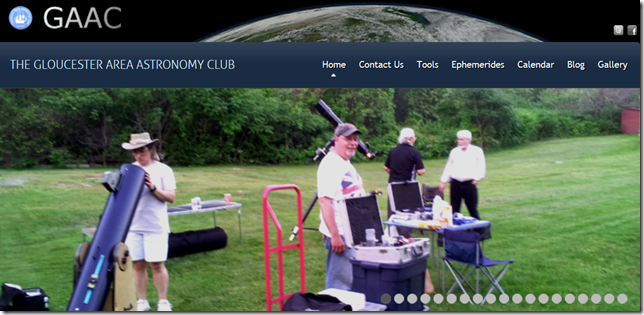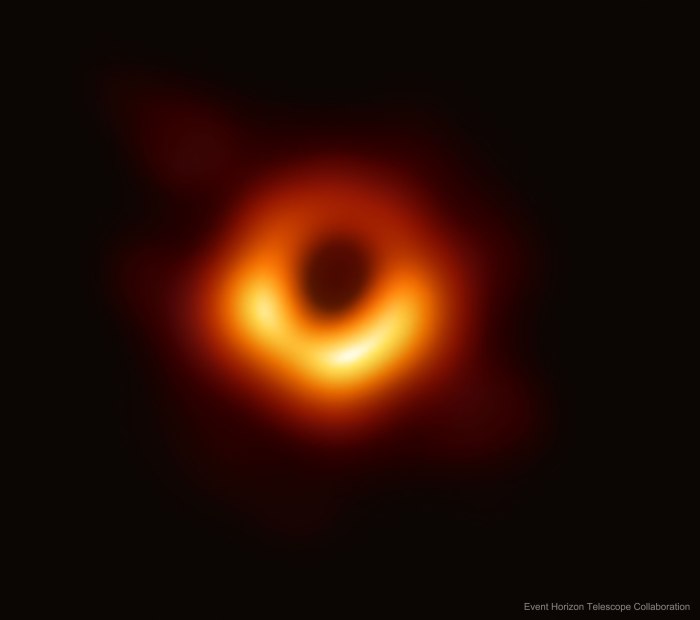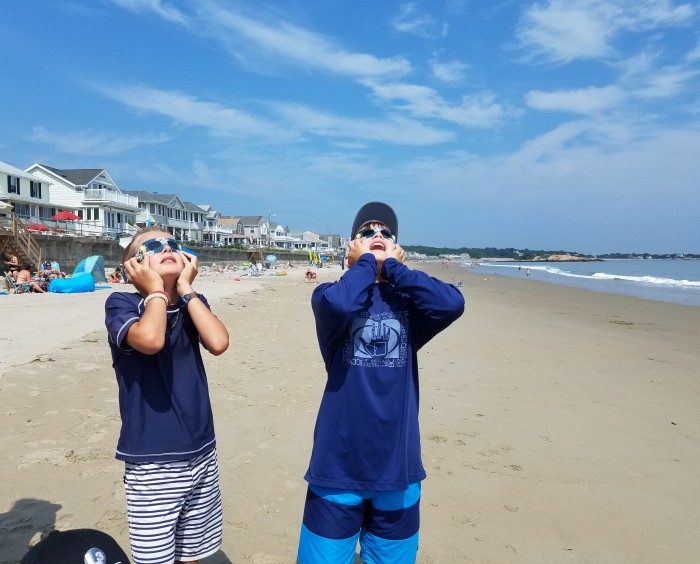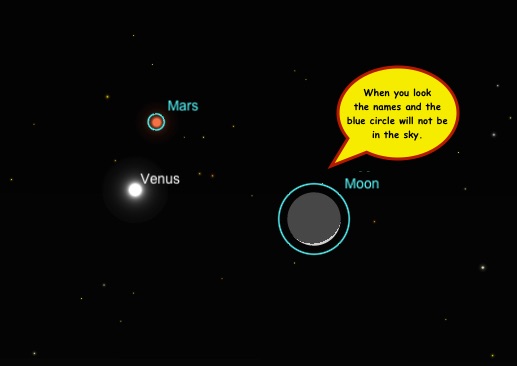Friday night March 13 at 8 PM GAAC is extraordinarily pleased to host Robert Naeye, former Editor in Chief of Sky & Telescope, the world’s most respected and influential popular astronomy magazine. Robert will be speaking to us about the Cassini mission to Saturn and its moons. In July 2004, NASA’s Cassini spacecraft fired its braking rocket and entered orbit around Saturn. Since then, Cassini has orbited the Ring Planet hundreds of times, and returned hundreds of thousands of images, many of which we will see on the 13th, along with a flood of data about Saturn’s magnetic field, particle environment, and ring composition. This enormous dataset has revolutionized science’s understanding of the Saturnian system. Besides studying Saturn and its rings, Cassini has unveiled its mysterious moons, showing the planet and moons to be a mini-solar system unto itself. In 2005, Cassini deployed the European-built Huygens probe, which parachuted and landed on the surface of Saturn’s largest moon, Titan, arguably the most Earth-like world in the solar system other than Earth itself. Cassini and Huygens have revealed Titan to be a world of complex meteorology and geology, with lakes and rivers fed by methane rainfall. Perhaps most exciting of all, Cassini has also found jets of water-ice particles laced with organics shooting away from the moon Enceladus, making this small world a potential abode for life. And Cassini images of Iapetus have helped explain how this bizarre moon got its yin-yang appearance, with one side darker than coal and the other as bright as freshly fallen snow. Many GAACsters know well that Bob’s presentations are colorful, informative events, and if you haven’t had the pleasure yet you should definitely make plans to catch this one. March means winter is finally on the way out, and what better way to celebrate than an evening with your friends at GAAC, lots of goodies and a really wonderful presentation delivered by a pro. We’ll have some surprise goodies and some extra chairs set up for this one. See you there! GAAC meets from 8:00 to 10:00 on the second Friday of every month at the Lanesville Community Center, 8 Vulcan Street in Lanesville. More information on the club is available on our website, http://gaac.us, our Facebook page, http://facebook.com/gaacpage, and our Twitter feed, @gaactweet. There are no dues or fees, and you don’t need a telescope or any special knowledge to have a very enjoyable evening.
Robert Naeye earned a master’s degree in science journalism from Boston University in 1992, and later worked on the editorial staffs of Discover and Astronomy magazine. He served as Editor in Chief of Mercury magazine (published by the Astronomical Society of the Pacific) from 2000 to 2003. He worked as a Senior Editor at Sky & Telescope from 2003 to 2007, before moving to NASA’s Goddard Space Flight Center to work as a Senior Science Writer for the Astrophysics Science Division. He returned to Sky & Telescope in June 2008 to serve as Editor in Chief. Robert is the author of two books: Through the Eyes of Hubble: The Birth, Life, and Violent Death of Stars (Kalmbach, 1997) and Signals from Space: The Chandra X-ray Observatory (Turnstone, 2000). He has contributed to two other books, and has won several awards for his writing and outreach activities. 
Spread The GMG Love By Sharing With These Buttons:











